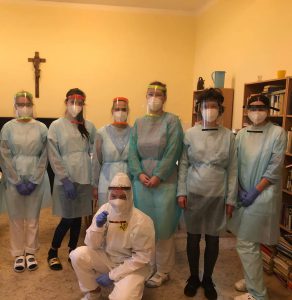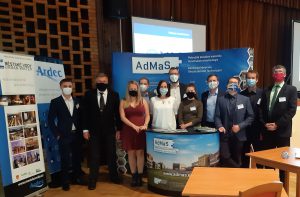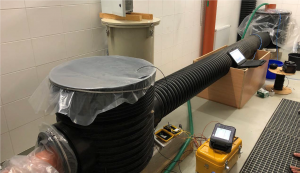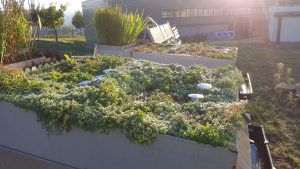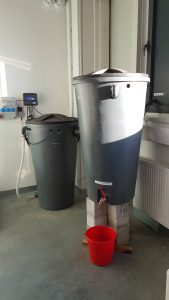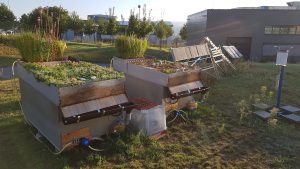The aim of the project is the development of a virtualized environment as a tool for communication of individual participants in the design of a building. Communication in this environment will be audiovisual, ie in addition to the audiovisual presentation, it will also allow its recording. The record will then serve as a basis for editing the visualized intent.
Proven technology “Interconnection of software components of the building information model and virtual reality”
Verification of the functionality of the connection of the building information model (BIM) with the virtual reality (VR) engine (software) on the Unreal platform. Proven technology is a necessary starting step for the subsequent development of a real superstructure over this VR engine, which will enable
interactive work in a fully virtualized environment.

Unreal Engine (UE) was chosen as the basic programming environment for the proven technology of this grant, as it provides a wide range of programming options compared to other platforms. Specifically, Unity was still considered, but at the time of choosing the strategy and starting operations (01-05 / 2019) did not have the appropriate tools to view architectural BIM models and convert them to a VR-enabled engine.
Thanks to the template for collaborative views, which began to develop under the UE in 2018 and the Datasmith-software plugin for converting BIM models into the UE, it was possible to load models including metadata, ie non-geometric information of individual elements of the BIM model. Currently, the aforementioned Datasmith supports a large number of formats for CAD / BIM software, including IFC and RVT. Our goal is to develop a collaborative tool for BIM models, created on the Autodesk Revit platform for its widest use on the market for collaboration between professions involved in building a BIM model. Within the proven technology, the activity was focused on the issue of information transfer between the RVT model and the UE, where the goal is to transfer not only geometry, but especially metadata.
Software tool for audiovisual communication in a virtual environment
A tool for the use of virtual reality as a means of communication during the design of a building. The communication will be audiovisual, ie in addition to the audiovisual presentation, it will also enable its recording. The record will then serve as a basis for editing the visualized intent. The information model of the building will be the input data that will be virtualized.

The project is developing a software tool that allows you to share your stay in a virtual environment, to which users connect from multiple computers and platforms. Within one “world”, users accessing from the desktop PC / Mac environment as well as users using VR technology can cooperate with each other. Within this world, users can move either by virtual walking or by virtual teleport. In this virtual world, there is a building model (s) that carry metadata obtained from Revit architectural software. This information is readable to the user by the user marking the element. Selected elements can be moved by the user for a better idea of possible modifications.
Professional book The use of virtual reality in the design of buildings
A professional book describing the use of virtual reality during the complete process of building design, including testing its functionality and safety. The publication will focus on issues of building representation in a virtual environment, design planning, work coordination and analysis
design safety for users.





